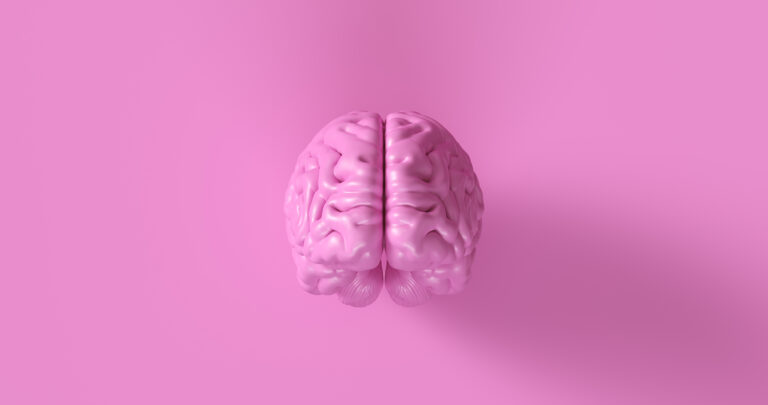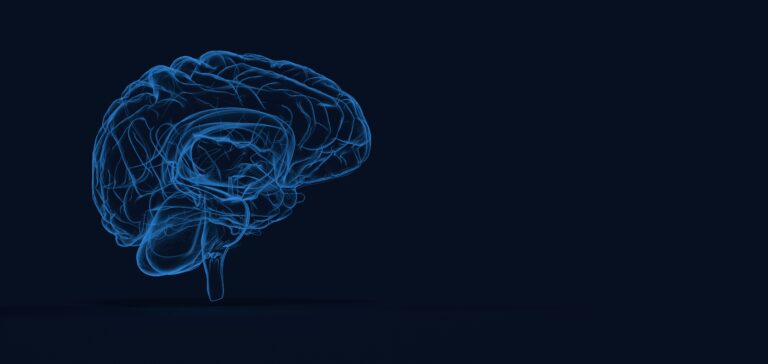When we think of a stroke, we often picture someone experiencing difficulty speaking or weakness on one side of the body. However, there is another type of stroke that can cause different challenges for individuals – visuospatial disorder stroke.
Visuospatial disorder stroke, also known as non-dominant hemisphere stroke or right brain stroke, occurs when there is damage to the right side of the brain. This can result in difficulties with visual perception, spatial awareness, and attention to one’s surroundings.
The role of the right side of the brain is crucial in processing visual information and understanding spatial relationships. When this area is damaged, it can lead to a variety of symptoms that can greatly impact a person’s daily life.
One of the main symptoms of visuospatial disorder stroke is difficulty with visual perception. This can manifest in different ways depending on the individual and the severity of the stroke. Some people may have trouble recognizing objects or faces, while others may have difficulty with depth perception and judging distances. This can make everyday tasks such as getting dressed, driving, or even pouring a glass of water challenging.
Another common symptom is spatial neglect, which is the inability to attend to one side of the body or environment. This can result in a person neglecting the affected side, leading to accidents and falls. For example, they may only eat from one side of their plate or only dress one side of their body. Spatial neglect can also affect a person’s ability to navigate their surroundings, making it difficult for them to find their way home or remember routes they used to take frequently.
In addition to these symptoms, visuospatial disorder stroke can also cause difficulties with attention and concentration. The right side of the brain plays a crucial role in maintaining attention, so damage to this area can result in decreased focus and difficulty filtering out distractions. This can make it challenging for individuals to follow conversations and stay engaged in activities.
Visuospatial disorder stroke can also impact a person’s emotions and behavior. Some individuals may experience changes in their personality, such as increased irritability, impulsivity, or difficulty controlling emotions. They may also struggle with regulating their behavior, leading to impulsive actions or difficulty following instructions.
Recovery from visuospatial disorder stroke can be a long and challenging process. It often requires a combination of rehabilitation therapies, including physical therapy, occupational therapy, and speech therapy. These therapies aim to help individuals retrain their brain and develop strategies to cope with their symptoms.
Physical therapy can help improve balance and coordination, while occupational therapy focuses on relearning daily tasks and developing adaptive techniques to compensate for any deficits. Speech therapy can assist with language and communication difficulties that may arise from visuospatial disorder stroke.
In addition to these therapies, there are also various strategies that individuals can use in their daily lives to manage their symptoms. For example, using visual aids such as pictures or labels can help with object recognition, and marking the affected side of the body with colored tape can aid in spatial neglect. It is essential for individuals to work closely with their healthcare team to develop a personalized treatment plan that meets their specific needs.
Living with visuospatial disorder stroke can be challenging, but there is hope for recovery with the right support and treatment. It is crucial for individuals with this condition to have patience and practice self-care as they adjust to their new way of living. Support from loved ones and participating in support groups can also be beneficial in coping with the physical and emotional challenges of visuospatial disorder stroke.
In conclusion, visuospatial disorder stroke is a type of stroke that affects the right side of the brain and can result in difficulties with visual perception, spatial awareness, attention, and emotions. While there is no quick fix for this condition, with proper rehabilitation and support, individuals can learn to manage their symptoms and improve their overall quality of life. If you or a loved one has experienced a stroke, it is essential to seek medical attention immediately and continue with proper care and therapy to aid in recovery.





